17 Under-Explored Travel Escapes To Visit On Your Next Vacation

Ready for a real adventure? Forget those crowded tourist traps everyone posts about online. The world is full of amazing places that don’t make it to most travel magazines or social media feeds.
I’ve found some incredible spots that offer authentic experiences without the crowds. These 17 under-explored escapes will give you bragging rights and memories that last way longer than any souvenir.
1. Faroe Islands: Denmark’s Best-Kept Secret
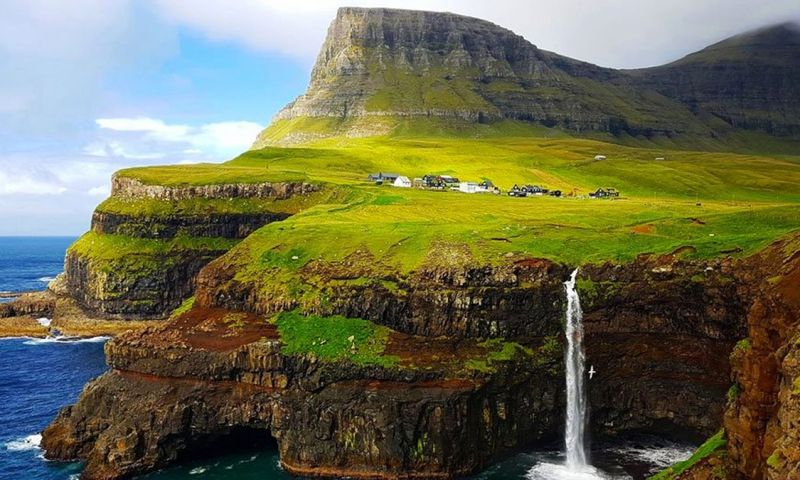
Nestled between Iceland and Norway, these 18 volcanic islands look like they belong in a fantasy movie. The dramatic cliffs, grass-roofed houses, and misty mountains create a landscape that feels magical and untouched.
Hiking trails lead to views that will make your Instagram followers think you’ve discovered another planet. The islands’ isolation has preserved their unique Nordic culture and traditions.
Summer brings the midnight sun, perfect for extended explorations, while winter offers chances to see the Northern Lights dancing across the sky. The locals are incredibly welcoming, eager to share their remote paradise with curious travelers.
2. Comporta, Portugal: The Anti-Algarve Getaway
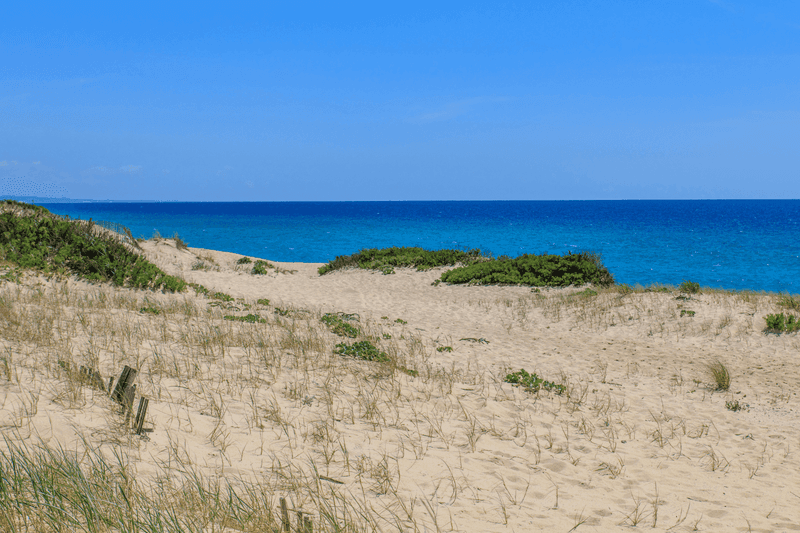
Just an hour south of Lisbon lies Portugal’s best-kept secret – a stretch of pristine beaches and pine forests that locals have managed to keep under the radar. White sand dunes stretch for miles with barely another soul in sight.
Rice fields shimmer alongside bohemian villages where fishermen’s huts have been transformed into chic boutiques and restaurants. The vibe here is decidedly laid-back – think barefoot luxury without pretension.
Unlike the packed resorts of the Algarve, Comporta offers authentic Portuguese charm with fresh seafood, local wines, and sunset horseback rides along empty beaches. The region’s commitment to low-impact tourism means development remains thoughtfully limited.
3. Socotra Island, Yemen: Earth’s Most Alien Landscape
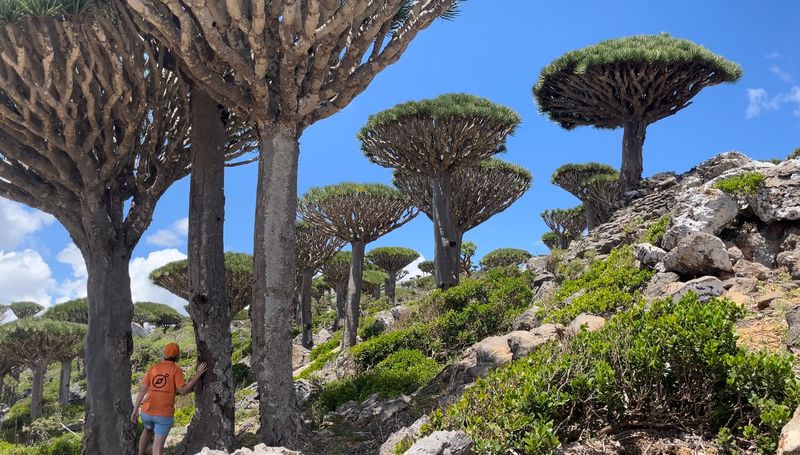
If you could visit another planet without leaving Earth, Socotra would be it. Located in the Arabian Sea, this isolated island evolved separately for millions of years, creating landscapes and species found nowhere else on our planet.
Dragon’s blood trees with umbrella-shaped canopies dot the highlands, while bottle-shaped desert roses cluster along rocky plains. Nearly a third of the plant life here exists only on this island.
Despite political challenges on the mainland, Socotra remains relatively peaceful, though getting there requires determination. Camping under stars beside bizarre formations offers a genuine disconnection from modern life. The local Socotri people maintain ancient traditions and a language predating Arabic.
4. Svaneti, Georgia: Europe’s Mountain Time Capsule
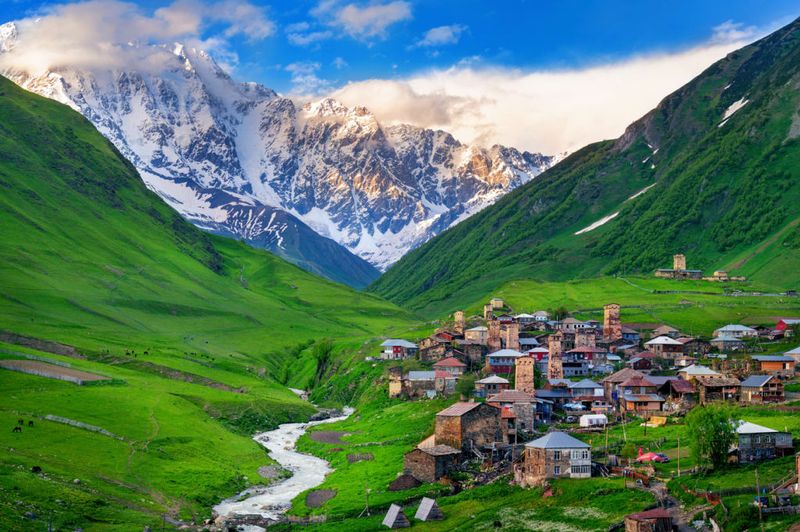
Hidden among the highest peaks of the Caucasus Mountains, Svaneti remained so isolated that it preserved a medieval way of life well into the 21st century. Ancient defensive stone towers rise from villages that have changed little in 1,000 years.
Locals still speak Svan, a language with no written form, and practice traditions dating back to Georgia’s golden age. The journey here involves navigating winding mountain roads that are often snowed in during winter.
Summer brings spectacular hiking through wildflower meadows beneath glaciated peaks. The region’s remoteness has preserved both its architecture and culture from outside influence. Homestays offer chances to sample homemade chacha (grape vodka) and learn traditional polyphonic singing.
5. Omo Valley, Ethiopia: Last Frontier of Tribal Africa

Along the banks of Ethiopia’s Omo River, some of Africa’s most distinctive tribal cultures continue age-old ways of life untouched by globalization. The Mursi, Hamer, and Karo peoples maintain traditions including elaborate body painting, scarification, and clay lip plates.
Markets become vibrant cultural exchanges where different tribes gather to trade. Each group has developed unique adaptations to this harsh but beautiful landscape.
Visiting requires thoughtful preparation and respectful engagement with communities increasingly affected by outside pressures. Dawn brings the soft light photographers dream of, illuminating mud huts, ceremonial dress, and the timeless rhythm of pastoral life.
Responsible travelers can witness bull jumping ceremonies and harvest celebrations that have remained unchanged for centuries.
6. Tuamotu Archipelago, French Polynesia: Beyond Bora Bora
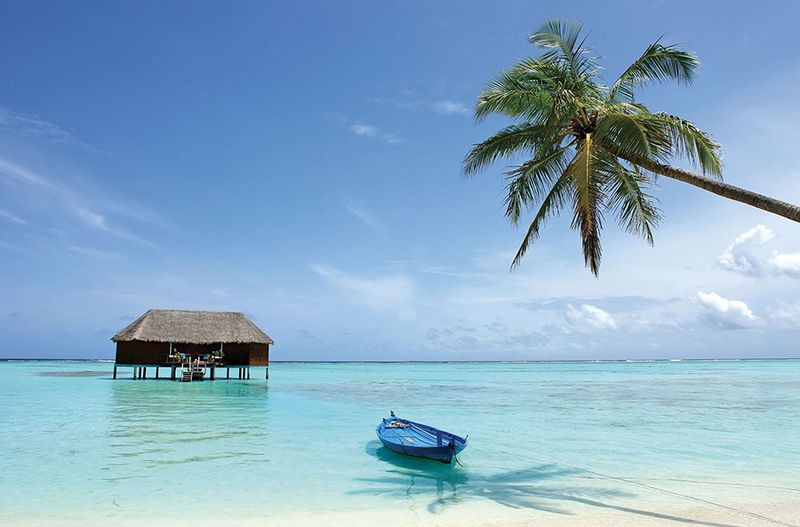
While honeymooners flock to Bora Bora, savvy travelers head to the Tuamotus – a string of 78 atolls barely rising above the Pacific. These coral rings enclose lagoons so clear you can count fish from your overwater bungalow.
Unlike Tahiti’s mountainous islands, the Tuamotus offer a different kind of paradise – one where pearl farms replace resorts and locals travel between motus (islets) by outrigger canoe. The diving here ranks among the world’s best, with passes where hundreds of sharks gather in the current.
Some atolls have fewer than 100 inhabitants, offering a genuine escape from modern life. Rangiroa and Fakarava provide basic but comfortable accommodations, while more remote atolls require true adventurous spirit.
7. Mestia to Ushguli Trek, Georgia: Europe’s Highest Inhabited Villages
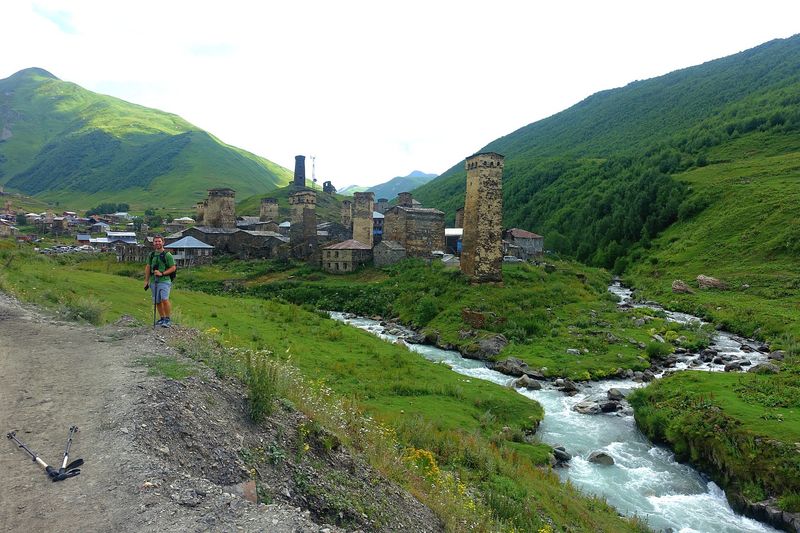
If you’ve dreamed of hiking through medieval villages frozen in time, this four-day trek through the Upper Svaneti region delivers pure magic. Starting in Mestia and ending in Ushguli (Europe’s highest permanently inhabited settlement), the trail winds through communities virtually unchanged since the 12th century.
Stone defensive towers stand sentinel over villages where cows roam freely and locals make cheese using centuries-old methods. Each day brings 5-7 hours of moderate hiking through alpine meadows and forests.
Nights are spent in guesthouses where Georgian hospitality means homemade wine flows freely and tables groan under platters of khachapuri (cheese bread) and other local specialties. Snow-capped peaks provide a constant dramatic backdrop to this cultural journey.
8. Kuelap, Peru: The ‘Machu Picchu of the North’
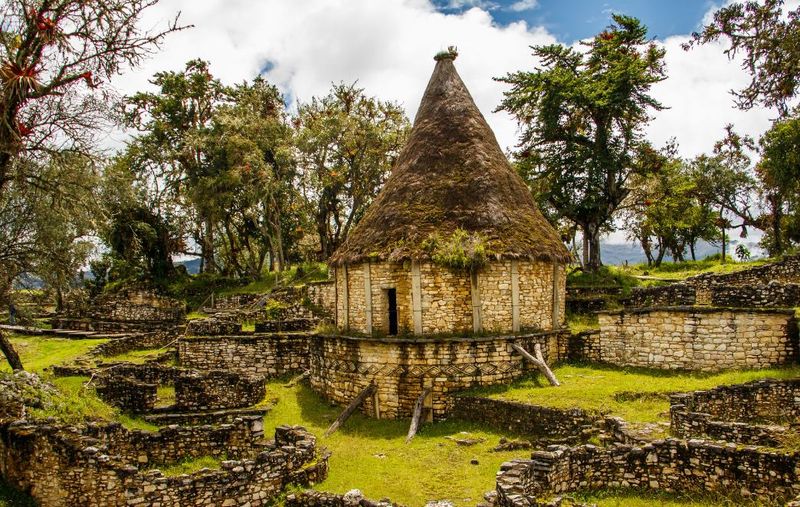
Move over Machu Picchu – there’s another ancient citadel in Peru that predates the Inca by 1,000 years and sees just a fraction of the visitors. Perched at 10,000 feet in northern Peru’s cloud forests, Kuelap was built by the mysterious Chachapoya culture, known as the “Warriors of the Clouds.”
This massive stone fortress contains over 400 circular buildings, many adorned with intricate friezes. A recently installed cable car has made access easier, though the site remains blissfully uncrowded.
Morning mist often shrouds the ruins, creating an ethereal atmosphere as you explore walls reaching 60 feet high. The surrounding region offers spectacular hiking through landscapes dotted with lesser-known archaeological sites and rare endemic orchids.
9. Wadi Rum, Jordan: Desert Camping Beyond Petra

Most Jordan itineraries rush through Wadi Rum for a quick jeep tour after seeing Petra. What a mistake! This vast desert, with its towering sandstone formations and red sand dunes, deserves multiple days of exploration.
Spending nights at Bedouin camps under star-filled skies reveals the true magic of this landscape. The desert completely transforms with light – blood-red at sunset, golden at dawn, and silvery under the moon.
Rock bridges, ancient petroglyphs, and narrow siq canyons reward those who venture beyond the main tourist routes. Local Bedouin guides share traditional knowledge about desert survival and point out locations from films like Lawrence of Arabia and The Martian that used this otherworldly setting.
10. Logar Valley, Slovenia: Alps Without the Crowds

Imagine a perfect alpine valley with meadows of wildflowers, traditional farms, and soaring peaks – but without the tour buses found in Switzerland or Austria. That’s Logarska Dolina (Logar Valley), tucked away in northern Slovenia near the Austrian border.
Wooden hayracks dot emerald fields while the dramatic limestone walls of the Kamnik-Savinja Alps create a natural amphitheater. Hiking trails range from gentle meadow walks to challenging summit climbs.
Family farms offer rooms to visitors, serving hearty local cuisine featuring freshly foraged mushrooms and homemade cheeses. The valley’s commitment to sustainable tourism means development remains minimal, preserving both natural beauty and traditional farming culture that dates back centuries.
11. Choquequirao, Peru: Machu Picchu’s Spectacular Sister City
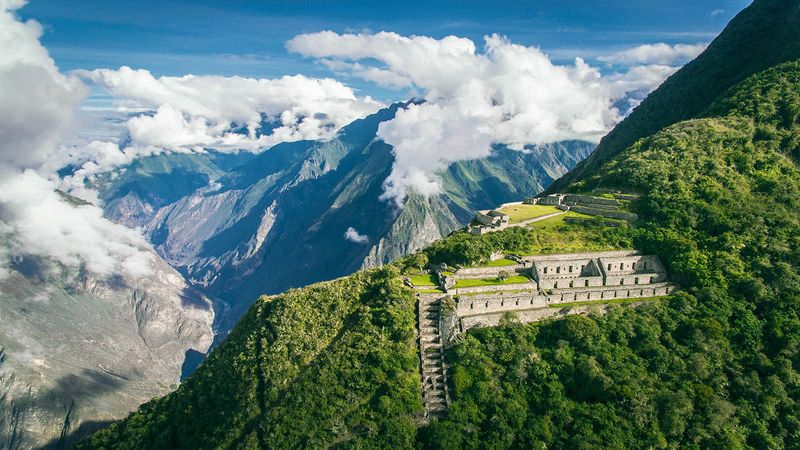
Only the most determined travelers reach Choquequirao, an Incan city as impressive as Machu Picchu but receiving fewer visitors in a year than its famous sister site gets in a day. The journey requires a challenging two-day trek each way through the dramatic Apurimac Canyon.
Your reward? Having a massive archaeological complex practically to yourself. Terraces, plazas, and intricate stonework emerge from the jungle, including the famous llama terraces where white stones create llama figures visible from across the valley.
Camping near the ruins allows for sunrise exploration before day-hikers arrive. The Peruvian government has plans for a cable car, so visit soon before accessibility changes this hidden gem forever. The site’s remote location helped it escape Spanish destruction.
12. Dakhla Oasis, Egypt: Desert Sanctuary Beyond the Nile
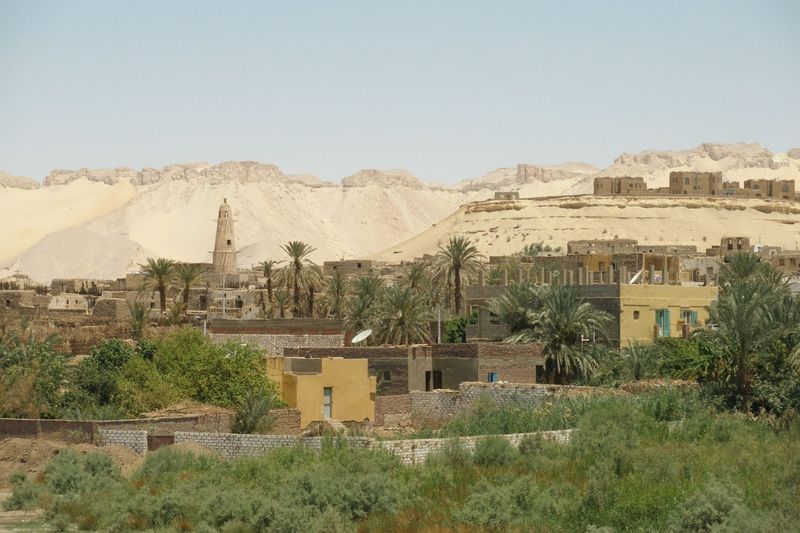
Four hours from the nearest major city lies Dakhla, one of Egypt’s most remote oases – a lush paradise of date palms and natural hot springs surrounded by endless sand dunes. Medieval mud-brick villages blend seamlessly with the desert landscape.
Roman temples and ancient tombs scattered throughout the area receive virtually no visitors, allowing for private exploration of sites that would be overrun with tourists elsewhere in Egypt. The oasis culture remains distinct from mainstream Egyptian life.
Nights bring spectacular stargazing opportunities in pollution-free skies. Local families offer simple accommodations and traditional meals featuring desert-grown olives and dates. The surrounding White Desert features surreal chalk formations that appear like an alien landscape under the full moon.
13. Isle of Harris, Scotland: Caribbean-Blue Waters in the Hebrides
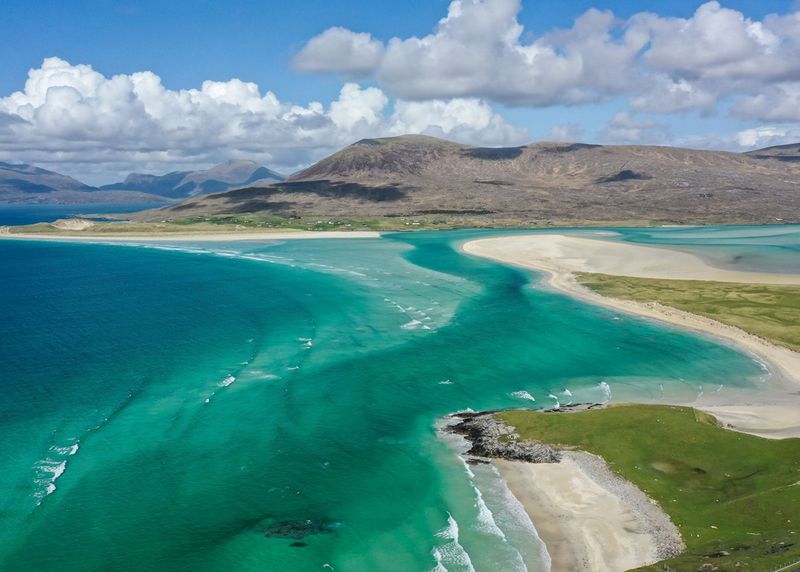
Few visitors to Scotland venture to the Outer Hebrides, which means the stunning beaches of Harris remain Scotland’s best-kept secret. Against all expectations, the coastline here features white sand and turquoise water that would look at home in the Maldives – except for the dramatic mountain backdrop.
Luskentyre and Seilebost beaches stretch for miles without another footprint in sight. The island’s east coast presents a stark contrast with its rocky, moon-like landscape known as “the Bays.”
Traditional crofting communities still speak Gaelic and weave the famous Harris Tweed on hand looms in their homes. Weather changes by the minute, creating spectacular light conditions photographers dream about. Local smokeries and distilleries offer tasty rewards after windswept coastal walks.
14. Gobi Gurvansaikhan National Park, Mongolia: Desert Wilderness Adventure
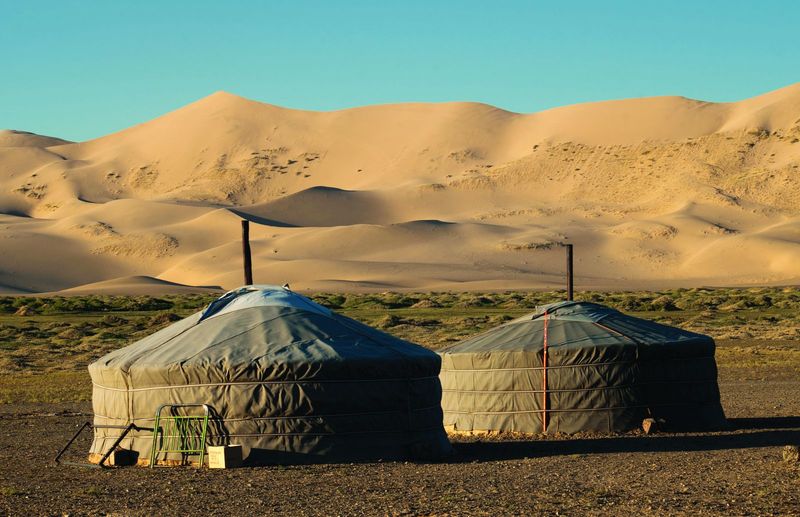
Far from Mongolia’s already remote capital lies a desert landscape of staggering diversity. The Gobi Gurvansaikhan National Park encompasses everything from ice-filled gorges to singing sand dunes that hum when the wind passes over them.
Staying with nomadic families in traditional gers (yurts) offers insights into a lifestyle that has remained largely unchanged for centuries. Camels provide transportation across vast expanses where dinosaur fossils regularly emerge from eroding cliffs.
The Flaming Cliffs site, where the first dinosaur eggs were discovered, glows orange at sunset. Wildlife includes wild Bactrian camels, snow leopards, and Gobi bears – though all require patience and luck to spot. Summer brings intense heat, while spring offers wildflowers blooming improbably in the desert.
15. Haida Gwaii, Canada: The Galapagos of the North

Off British Columbia’s coast lies an archipelago where ancient rainforests meet pristine beaches and indigenous culture thrives. Formerly called the Queen Charlotte Islands, Haida Gwaii remains one of North America’s most biologically and culturally unique places.
Towering totem poles and longhouses in abandoned villages tell the story of the Haida people who have inhabited these islands for over 13,000 years. Gwaii Haanas National Park preserves these sites alongside old-growth forests where moss-draped Sitka spruce reach heights of 300 feet.
Wildlife viewing opportunities abound, from bald eagles and black bears to orcas and humpback whales offshore. The remote location means fewer visitors, leaving beaches, hot springs, and hiking trails blissfully uncrowded even in summer.
16. Ladakh’s Markha Valley, India: High-Altitude Desert Trek
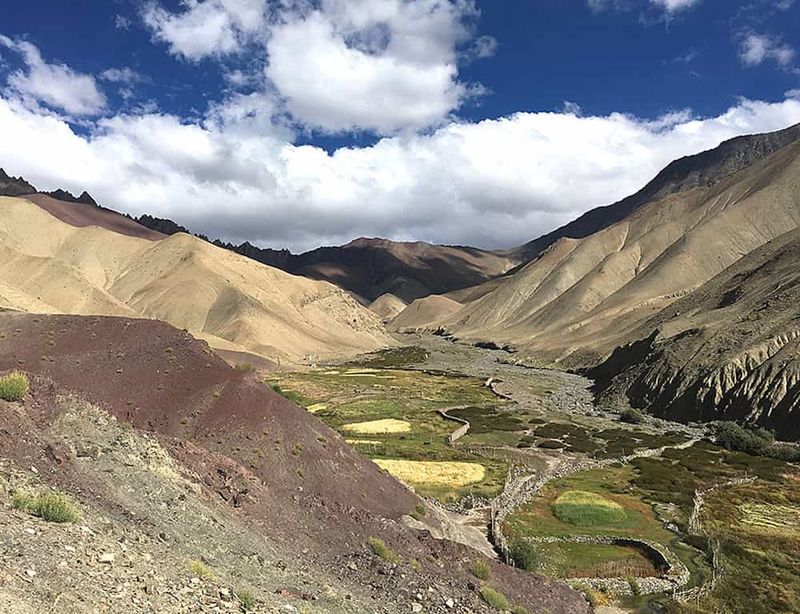
Nestled between the Himalayan and Karakoram ranges, Ladakh’s Markha Valley offers one of the world’s most spectacular trekking routes through a high-altitude desert landscape dotted with Buddhist monasteries and tiny villages.
Unlike Nepal’s crowded trails, here you might hike all day seeing only local shepherds with their flocks. The route passes beneath 6,000-meter peaks and crosses high passes adorned with prayer flags fluttering in the thin air.
Homestays in traditional mud-brick houses provide authentic cultural exchanges as families serve butter tea and thukpa (noodle soup) to weary hikers. Ancient monasteries perched on hillsides contain priceless artwork and offer blessings to passing trekkers. The stark beauty of this moonscape contrasts dramatically with green oasis villages.
17. Chapada Diamantina, Brazil: Table Mountains and Underground Rivers
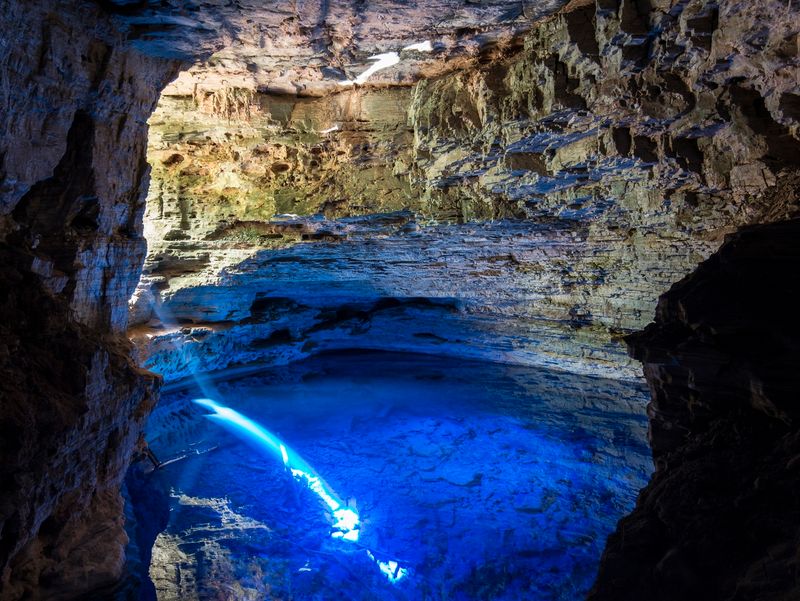
Hidden in Brazil’s northeastern interior lies a landscape of table mountains, underground rivers, and cascading waterfalls that rivals any national park in South America. Chapada Diamantina National Park was once a diamond mining region but now protects some of Brazil’s most spectacular scenery.
Hiking trails lead to caves with underground lakes so clear that they mirror the surrounding rock formations perfectly. The Poço Encantado (Enchanted Well) glows an impossible blue when sunlight hits it at certain angles.
Colonial towns like Lençóis provide charming bases for exploration, with colorful buildings and cobblestone streets. Local guides, often descended from diamond miners, share knowledge of hidden swimming holes and viewpoints not found in guidebooks. Multi-day treks access remote valleys with endemic plant species.
